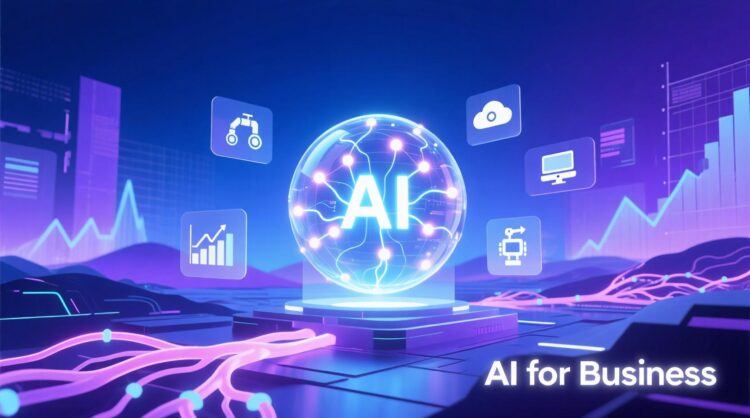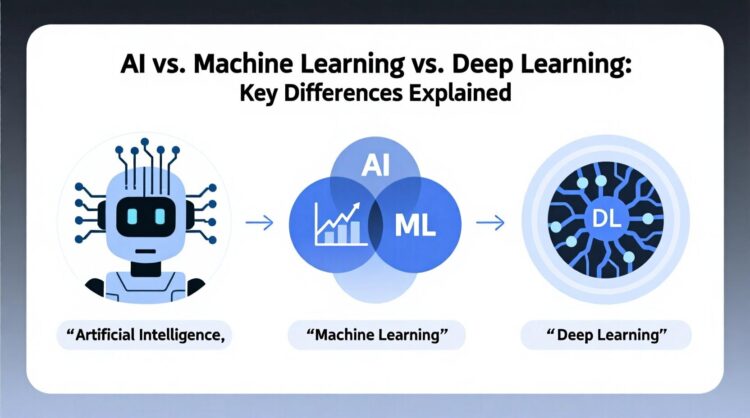
HowToForYou,com– Launching a website today is no longer just about putting together a visually appealing homepage. For entrepreneurs and small business owners, the real challenge lies in attracting visitors, converting them into customers, and retaining them for long-term growth. Traditional approaches often require juggling multiple tools SEO plug-ins, social schedulers, email software, and analytics platforms—each with steep learning curves and recurring costs.
The latest generation of website builders, however, is changing this dynamic. Platforms such as Wix, Squarespace, Shopify, and Hostinger have transformed from simple page builders into full-scale marketing ecosystems, equipped with integrated tools that automate growth and simplify digital strategy.
The Funnel at the Core of Digital Growth
At the heart of modern marketing lies the inbound funnel—a structured process that guides strangers into becoming loyal customers. This progression mirrors how people make real-world decisions: awareness comes first, followed by engagement, then conversion, and ultimately, retention.
-
Attract: Drawing traffic through content, search visibility, and social channels.
-
Engage: Converting visitors into leads with newsletters, free guides, or interactive tools.
-
Convert: Turning intent into sales with targeted campaigns, demos, and reviews.
-
Delight: Sustaining relationships through ongoing value, loyalty perks, and customer support.
Website builders are now embedding this funnel into their frameworks, ensuring users don’t need to master complex marketing stacks to stay competitive.
From Page Design to Full-Scale Marketing Suites
What sets today’s platforms apart is the level of automation and integration. Instead of spending hours scheduling social posts or drafting newsletters, business owners can rely on built-in AI-driven systems:
-
Wix offers SEO automation powered by Semrush, plus Ascend, a content scheduling hub that keeps social accounts active without manual posting.
-
Squarespace leans heavily into content marketing, with auto-generated metadata, performance analytics, and AI-assisted reports that streamline optimization.
-
Shopify excels in ecommerce automation. Its Flow feature can manage inventory, customer segmentation, and fraud prevention—all triggered by simple rules.
-
Hostinger Reach provides small businesses with AI-generated newsletters, complete with subject lines and CTAs, designed to bypass spam filters effortlessly.
These innovations eliminate the bottlenecks of traditional digital marketing, enabling small teams—or even solo entrepreneurs—to run professional-grade campaigns.
Personalization and Customer-Centric Experiences
Beyond automation, personalization has emerged as a defining trend. Platforms like HubSpot’s Smart Content adjust site messaging based on visitor behavior or location, while GoDaddy’s Marketing Planner creates tailored growth roadmaps informed by competitor analysis.
For ecommerce owners, Shopify’s personalized email flows and dynamic recommendations give online stores the same level of sophistication as enterprise platforms, but without the steep costs.
The Technical Edge: SEO and Performance Built In
SEO remains a cornerstone of digital success, and modern builders are making it more accessible. Bluehost’s SEO Checker identifies technical gaps such as slow page speeds or missing meta tags, while Elementor Pro’s marketing widgets help boost engagement with popups, interactive forms, and call-to-action elements—all without coding.
Where once optimizing a site required hiring specialists or mastering complex software, these systems now deliver actionable insights directly on the dashboard.
Why This Matters for Small Businesses in 2025
The democratization of website growth tools has major implications. Small businesses that previously relied on freelancers or agencies can now run data-driven campaigns in-house. At the same time, advanced automation reduces the risk of burnout, allowing business owners to focus on strategy and customer relationships rather than technical details.
In a digital landscape where first impressions happen online, the ability to combine design, SEO, social presence, and personalized engagement in a single platform may be the key differentiator between businesses that thrive and those that fade into obscurity.






